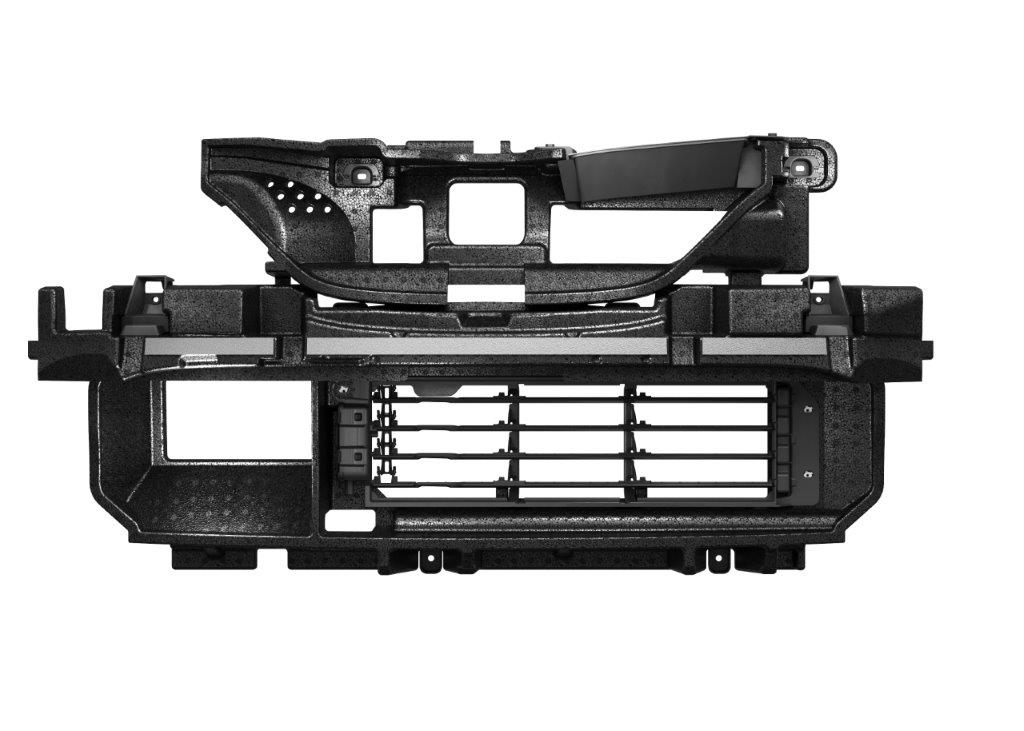From July 2022, amended regulations concerning the use of new obligatory safety systems in different kinds of cars will come into force in the area of the European Union. The updating comprising as many as 30 amendments is objected chiefly to improve the safety of cyclists and pedestrians on roads. How can the car manufacturers prepare for the upcoming changes?
For many years the European Union has been promoting the bicycle transport as a healthy, ecological and safe means of relocation. In many European cities there operate city bicycle systems and the infrastructure is continuously extended in the way so as to enable unlimited use of bicycles for the largest possible group commuting to work on daily basis. This issue has gained a special meaning in relation to the COVID pandemic, when the individual transport started to be considered the safest one, due to limiting the chance of catching the disease. Together with the growing number of passenger cars the more and more urgent question becomes solving of the problem of improvement of the safety of the most “vulnerable” road users such as the cyclists and pedestrians. The response of the European Union to this issue is the amended regulation of the European Commission of 2019 on the general safety of vehicles (General Safety Regulation). According to this regulation, already from 6 July of this year different kinds of new vehicles will have to be provided with new obligatory safety systems, which is supposed to result in decrease of the number of accidents with participation of the pedestrians and cyclists thanks to safer cars.
Revolution in active safety systems in cars
The new regulation comprises an extensive list of the obligatory safety systems and functions, with which the newly produced cars are to be equipped. At the same time it covers with its scope a very broad variety of vehicle categories from passenger cars through light delivery vans and buses up to trucks and trailers. The scope and number of amendments in the regulation are so extensive that some call it the largest revolution since the implementation of safety belts in car seats. The time of implementation of the particular requirements is different depending on the kind of a change and the category of a vehicle. For example already since July this year all new passenger cars will have to be equipped obligatorily with a speed limit assistant, LGS lane assistant and wheel pressure control system while the trucks and busses – with an advanced emergency breaking system. Moreover, from 2024 all vehicles will have to be provided with so called “black boxes” recording events, while trucks – with a new BLIS system (Blind Spot Information System), which will improve the safety of cyclists moving in the so called visibility dead space. Two years later the requirement of application of driver fatigue detection systems will come into force as well. At the latest, from 2029, the requirement to introduce the DVS direct visibility standard in trucks will be applied, which requires the use of cameras or additional mirrors. Regulations concerning passive safety systems are not less important.
Read also: Intelligent, active and passive car safety systems
Passive safety systems to be improved

The advanced active safety systems are objected to prevent accidents, while the passive safety systems are supposed to minimize negative results of these events, if they actually take place. Therefore, the new EU regulation could not lack an amendment to the provisions on the passive safety systems in new cars. They concern i.a. extending of the area of head impact by e.g. a cyclist, in the windshield area. Thus, safety glass is to be applied in car windshields. Bearing the passengers in mind, new regulations for the front, side and rear crumple zones have also been introduced. Among other things, the requirements for e.g. the design of the front pedestrian protection module in SUVs, which have been treated differently under the existing regulations than the city cars weighing less than 2.5 tons. Moreover, an obligation will be introduced to perform back crush tests, which have not been obligatory up till now in the area of the European Union. It means for the branch the necessity to adapt to a number of very different requirements, which are supposed to bring about safer cars.
Read also: What to look at choosing a safe car
Meaning of the new regulation for the automotive industry
The car manufacturers, suppliers of original equipment as well as their sub-suppliers face the task of adapting the cars and their equipment elements to the new requirements. The expectations related to the new regulation are very high, as according to the estimations of its authors it will allow to reduce the number of road accident victims by 24,794 and to avoid 140,740 of serious injuries. Some of these smart safety systems are already known and applied in the modern vehicle types and some of them will have to be developed or improved yet by the manufacturers and their sub-suppliers. The Knauf Industries Company has proven technologies of production of car parts from the expanded polypropylene EPP and rich know-how that allow for cost efficient series production of the passive safety system in many different versions. The modern expanded polypropylene processing technology and innovative 3D tool allow for precise matching of shapes and properties of the elements to the individual requirements of the customers and the type of a vehicle. In the broad portfolio you can find i.a. ultra-light amortizing elements for pedestrian and cyclist protection , radiator grille, door filling elements and headlining, as well as seat bases and headrest cores and many others. The high quality elements do not increase the mass of a vehicle and they are exceptionally durable and safe, as in the result of an impact they do not fall apart, but return to their previous shape. The single material products are 100% recyclable, thus they perfectly correspond to the environmental requirements in force.